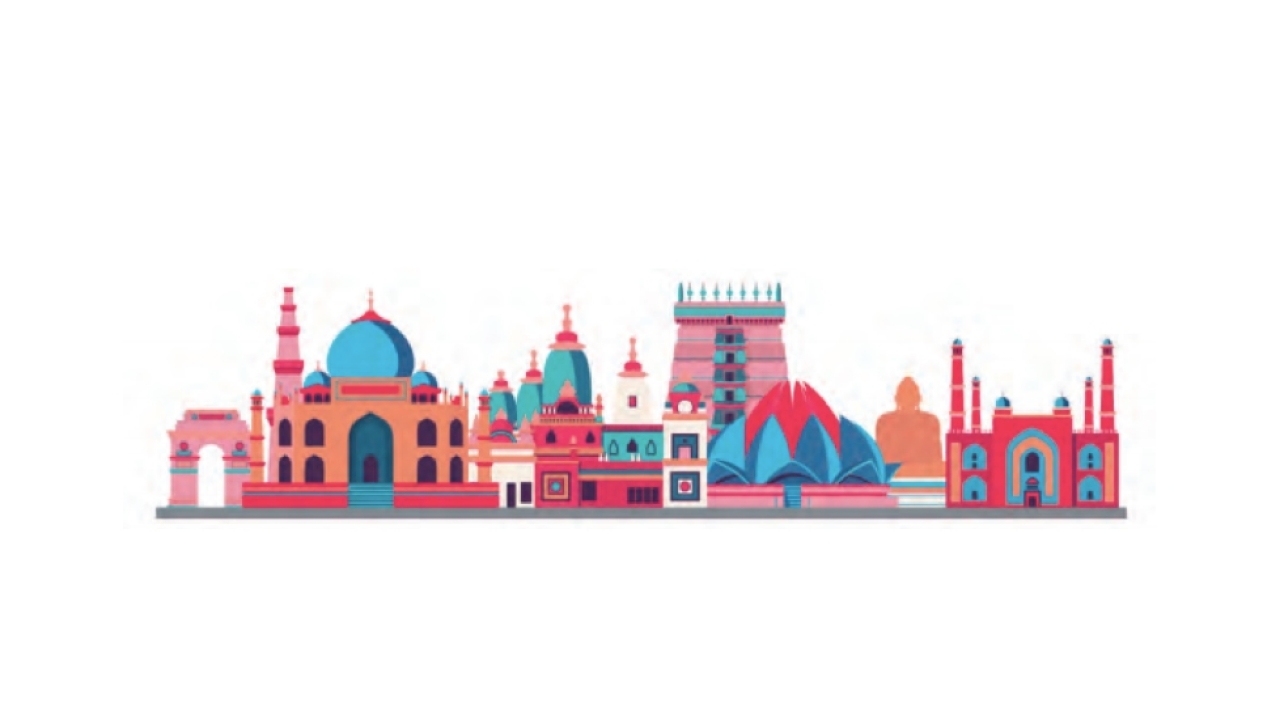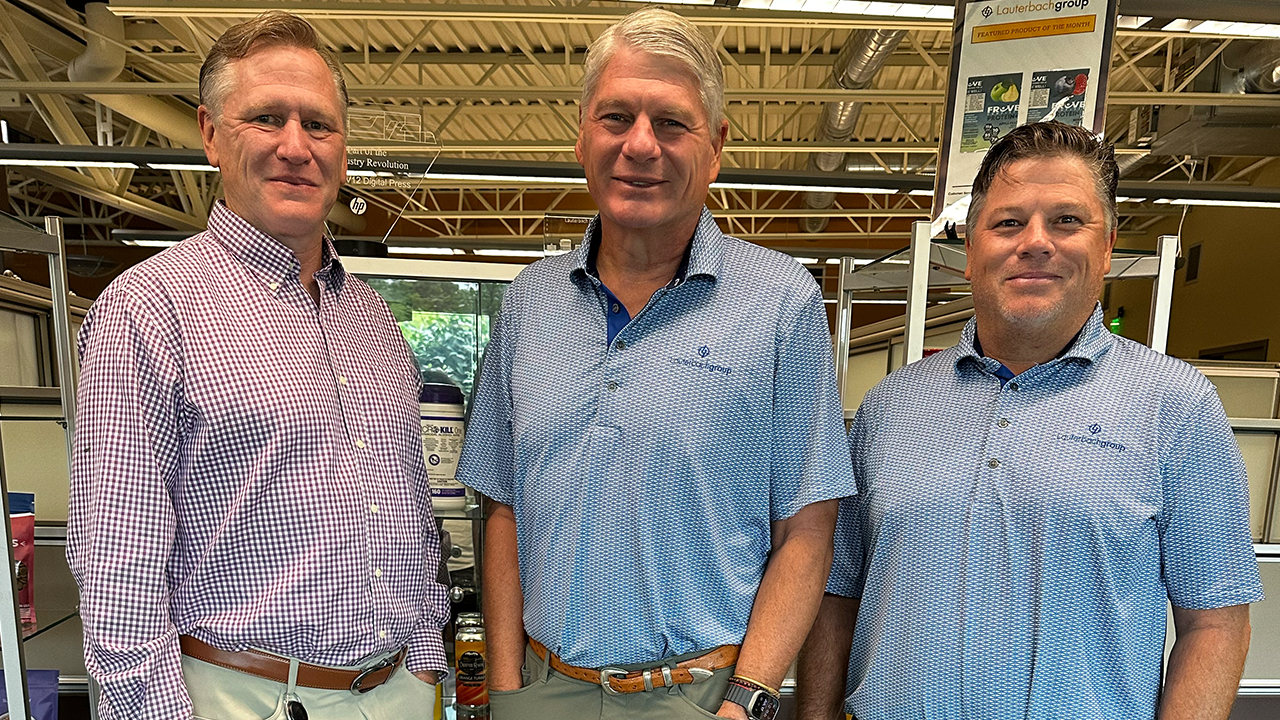2020 in review: India

The Indian label industry reported busy periods in July and August, mainly to flush the dry supply chains in every sector. September reportedly was marginally slow, followed by busy last quarter of the calendar year.
The pandemic has, however, resulted in evolving buying patterns. Alongside brick-and-mortar stores, e-commerce has now caught up with consumers trying to avoid exposure to the virus. Harveer Sahni, chairman, Weldon Celloplast, says: ‘E-commerce needs blank labels for barcoding or for printing at the time of dispatch, so the plain label segment could rise exponentially.’
Lakshminarayanan Parthasarthy, business unit head, Signode India Wintek Flexo Prints, says: ‘E-commerce transactions have gone up considerably and people are opting for bigger packs.
Consumers are looking at opportunities to save any penny they can so companies are, in fact, coming out with offers to get rid of small pack inventory which is slow moving on the shelf.’
Having said this, there is an increase in small flexible pouches of sanitizers that are being distributed at no additional cost at the stores or are delivered with couriered packages. ‘Small sachets are in vogue, but they will normalize by the end of the year,’ says Parthasarthy.
The lockdown and evolving consumer demand has resulted in fewer press installations and changes in customer requirements.
Abhay Datta, director of UV Graphic Technologies, observes that printers want to invest in reliable equipment with fast set-ups and changeovers. ‘A lot of people want to get rid of their old equipment and invest in new narrow and mid web presses to handle pressuresensitive labels and flexible packaging,’ he says.
Jimit Mittal, president, Jetsci Global, Monotech Systems, says: ‘Local brands are performing very well and they have a lot of short run jobs. Thus, the sentiment for inkjet is growing in the market.’
Parshav Jain, director, S. Anand Packaging, adds: ‘Converters are looking at digital technology equipment, even if that translates to a complete change in a company’s marketing strategies or a different team to handle sales from a digital press. It seems to be the need of the hour.’
Manish Kapoor, sales head for the Indian sub-continent at Nilpeter, sums up: ‘Capital investment is a result of two primary factors – the first being expansion or capacity enhancement and the second being diversification. A bonus of course is the additional tax benefits from equipment depreciation.
‘People who were expanding have delayed their decision by about a year. For factors like diversification and even tax benefits, Covid has not really changed anything. In fact, diversification got a real push because everyone got the time to think about new business strategies and evaluate market requirements.’
In the past few months, Vinsak has installed four Lombardi Synchroline presses at Sreevan Offset in Hyderabad, Aarya Print Pack in Mumbai, Al Hadiqa in Sharjah, and Aquarius Printing in UAE.
Multitec has installed six presses in three months and UV Graphic installed five presses between April and September. Monotech Systems installed the Jetsci Colornovo UV inkjet label production press at Maa Gayatri Offset Printer in Haridwar. And Sonepat-based Sai Com Codes invested in a new Konica Minolta press.
Kapoor says: ‘Remote diagnostics on presses has become a big trend to enable servicing and trouble shooting at converter’s end.’
Opportunity beckons
UV Graphic’s Abhay Datta sees potential for growth in the Indian label industry. ‘Challenges with imports and after sales service due to lockdown have resulted in a huge demand for high-quality equipment manufactured locally. Businesses are diversifying. A lot of ancillary equipment does not get manufactured in India at the required scale, resulting in huge imports. During lockdown, many companies strategized and are gearing up to manufacture quality ancillary equipment such as slitter rewinders, off-line finishing equipment and other machines related to the label industry in India. Indian manufacturers must prove their mettle in the next few months to benefit from this opportunity.’
Kuldeep Goel, president of Indian association LMAI and managing director of Anygraphics, agrees that the industry is trying to minimize imports. He is, however, not sure if it will benefit the Indian industry because of the price difference. ‘If an Indian manufacturer is not cost-effective then we will have no choice.
A difference of 2 to 3 percent of cost is bearable but the current difference of 10 to 30 percent in costs and quality is not feasible.’
Amit Ahuja, sales director at Multitec, says: ‘Ancillary equipment could get a boost but the Indian industry needs to become more professional and focus on manufacturing high quality products.’
Harveer Sahni concludes: ‘It is the industry’s responsibility to make better value labels and focus on better design for shelf appeal. The need of the hour is to do more with less to remain relevant in the market.’
Stay up to date
Subscribe to the free Label News newsletter and receive the latest content every week. We'll never share your email address.

